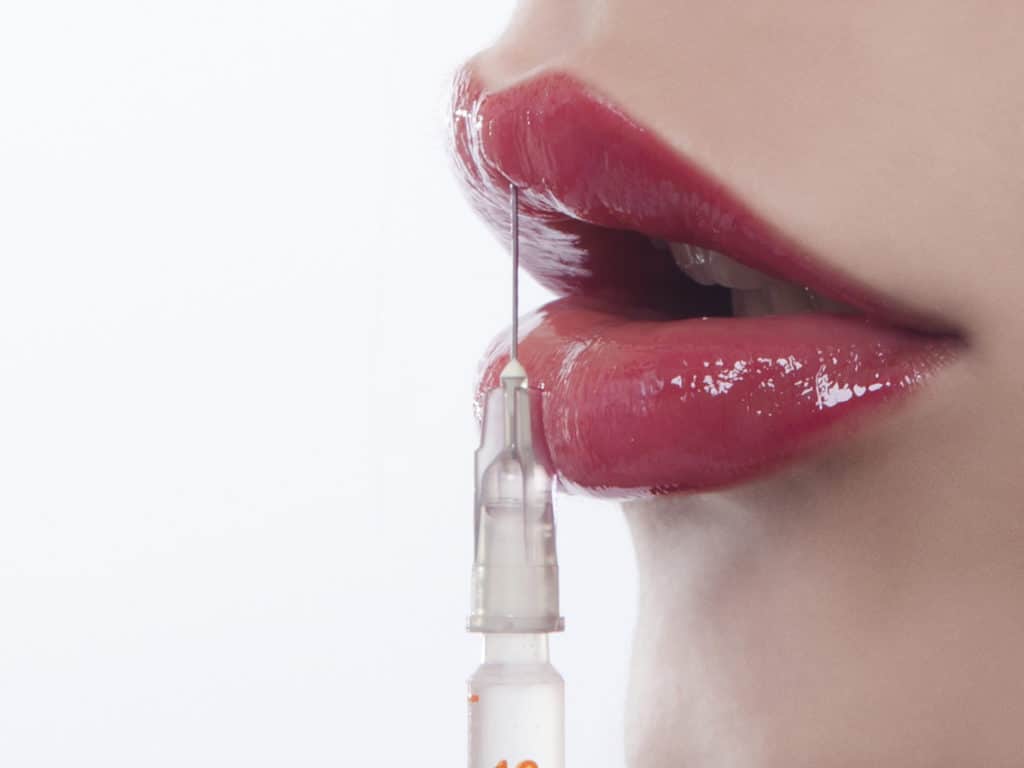Breast Implants – Picking the Right One
Bonus Blog Supplement to Our 3 (now 4) part Series
If you’ve had a chance to read the 3 part series on breast implants, I’ve got new and exciting information to add to the mix. If you haven’t already read the series, please start from the beginning (Part One) and catch up on the basics of implant types, sizes, profiles, and shapes before moving on to this latest installment.
There’s a new and exciting implant option for breast augmentation that just recently became available and I think it has enormous potential for patients!
As I reviewed in Part 1 of the series, there are two basic types of implants: saline and silicone. Saline implants are filled with salt water and their biggest benefit is that if they leak, the water that leaks is absorbed by the body and causes no harm or irritation in doing so (other than it takes surgery to replace it, which is of course a bummer). The benefit of silicone implants is that they feel more like a natural breast than a standard saline implant, which tends to feel like a water balloon.
About 20 years ago, a plastic surgeon in Texas began experimenting with prototype saline breast implants to see if he could create a saline implant that felt more like a silicone implant. After many years, he finalized his design, started his own company, and achieved FDA approval for this implant!
The “Ideal Implant”
Let me start by saying the name “Ideal Implant” is a brand name, but it is descriptive in that this new implant is trying to achieve the best of both worlds – a saline implant that feels like a natural breast.
While this implant is technically a saline implant, what makes it different is that it is more than a balloon filled with salt water. It has an outer shell similar to all the other implants available, but it also has 2-5 inner shells with baffles in between to create smaller compartments. The manufacturer and the FDA have even created a new category for this concept in implants and call it a “structured” implant. The saline that fills this implant moves more slowly through the inner workings of the implant and as a result has a feel that’s more similar to a silicone implant than a saline implant.
The research on this implant is exciting in other ways as well in that this implant may have a lower risk of rupture and capsular contracture than other implants, at least over the first 6 years after surgery (since this is a newer implant, the first women who had this implant had their surgery only about 7 years ago).
The Pros and Cons
The obvious advantage of an Ideal Implant over a silicone implant is that if it were to leak, the saline is absorbed and it’s easy for the patient and surgeon to tell that the leak has occurred. This type of implant will not require an MRI to diagnose a leak, as is recommended for silicone implants.
There are only two disadvantages to the Ideal Implant that I can appreciate at this point. The first is that it is more expensive than a regular saline implant (it costs about the same as a round silicone implant). When you take into consideration the cost of surveillance MRIs, though, it’s less expensive than silicone in the long run. The second disadvantage is that there are only a limited number of sizes and only one profile available in this implant at this point, so depending on the patient’s measurements and goal volume, there may be limitations in terms of the Ideal Implant that will fit within a patient’s body. As this implant becomes more popular, I’m confident that other sizes and profiles will become available.
My Experience with the Ideal Implant
I tend to be a conservative person and was a little skeptical that an implant filled with saline could have the soft, natural feel of a silicone implant. Outside of the body, I think the Ideal Implant feels more like a silicone implant than a saline implant. Once implanted, I think the Ideal Implant has a very nice contour and I’d have a hard time differentiating it from a round silicone implant. I’d call that a success in terms of developing an implant that blends the best qualities of saline and silicone implants!
I’m excited to be one of the few plastic surgeons in the Chicago area to be offering this option to my patients. I think once the word gets out about this implant, there are going to be very few women choosing traditional saline implants and many women who would have otherwise chosen round silicone implants will prefer this option as well!
If you are interested in scheduling your consultation with Dr. Peters, please call us at 708-524-1400 or fill out our contact form today.



